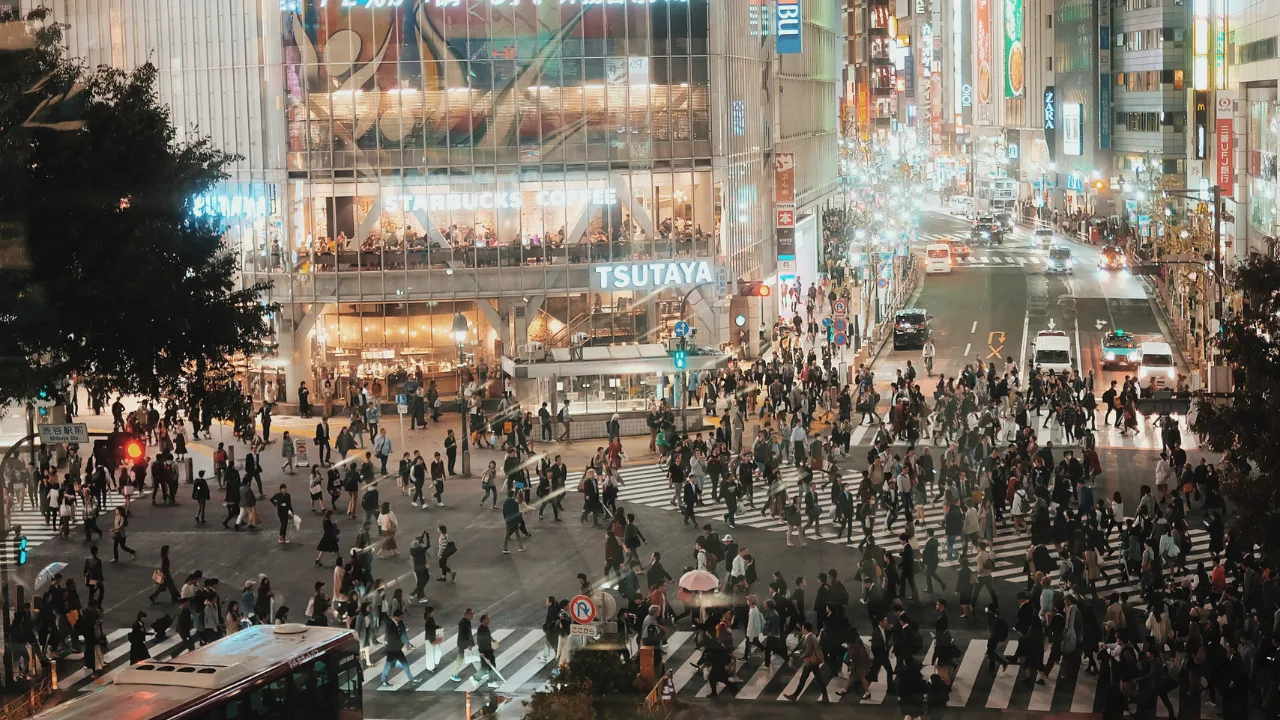When I was working for a multinational company, in a diverse multicultural setting, words like Collaboration, Cooperation and Integration are overly used as they happen and co-exist. They always spark my interest in knowing more about how the changes they bring would benefit my process and my professional development.
Now that I am working as voluntary worker/freelancer – collaboration with brands still exist, as well as cooperation with people I work with. Integration seems foreign to me now; but I admit that I am both excited and worried about the ASEAN Integration – a bigger move that would impact (positively) the lives of the Filipinos.
What does ASEAN Integration really mean to me and to Filipinos?

- Import – export duty-fees would be abolished. It means that we can enjoy products from other countries at minimal cost.
- Local businesses can leverage their business and production for export to other countries. This will also call for local businesses and entrepreneurs to produce more innovative products in competition with other imported goods.
- ASEAN Integration would open more opportunities for foreign investors to invest in the country – it will translate to increase in tourism in the country. Philippines has a higher chance of bringing in more investors in the country because we speak good English versus other ASEAN countries, evident in the portfolio of BPO industry in the country.
- Increase in tourism in the country would mean higher demand for skilled workers, laborers and professionals. This would hopefully help the unemployment statistics in the Philippines.
How can Philippines prepare for the ASEAN Integration?
To transport goods and delivery services, we need good work flow. Work flow is not only confined in the major roads of Metro Manila but also sea ports and aviation traffic.
Government should help and support construction and innovation of airports and aviation facilities. Some of the problems that the government should re-think are as follows:
- Crowded Terminals
- Inadequate Infrastracture
- Limited Staff Mobility
- Lack of Qualified Personnel
- Lack of Support System outside airport such as roads, trains and vehicles.
- Standard Policies (help us understand the differences in the amount of Terminal Fees in different domestic airports, please)
- We now live in the 21st century and first contact of business happens in the arrival in the country (usually in the airport). It is just appropriate to greet our guests with pleasant experience and show them we are ready for integration and economic development.
Then of course, even if the Galleon Trade no longer exists, one should not forget the seaport congestion and how it affects the businesses today.
One’s visit to other countries became more meaningful and relevant because of the ease of travel that contributes to one’s experience. People may say we should not compare.. but if comparing ourselves to another to keep us motivated to change, then we can say, comparison is a good thing. Sharing some random pictures taken during my travels to other countries.







In London, UK, you can get to different tourist spots via bus and train. There are signages that are helpful to tourists. The trains come on time, they are spacious and the ones that ends at platform going to airport have spaces for luggage – there are even outlets too where you can charge your gadgets. Commuting doesn’t paralyze your life – very much like the feeling of being stuck in MRT/LRT. (more stories about Harry Potter studio soon!)

The government is listening (I hope), do you have thoughts you want to share? Drop a comment below.









